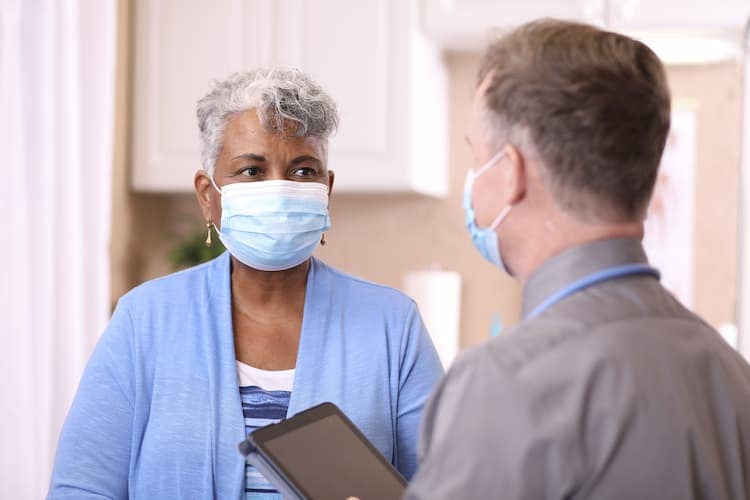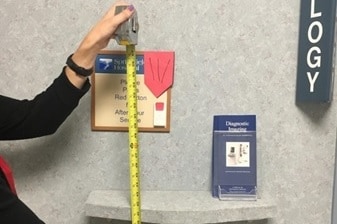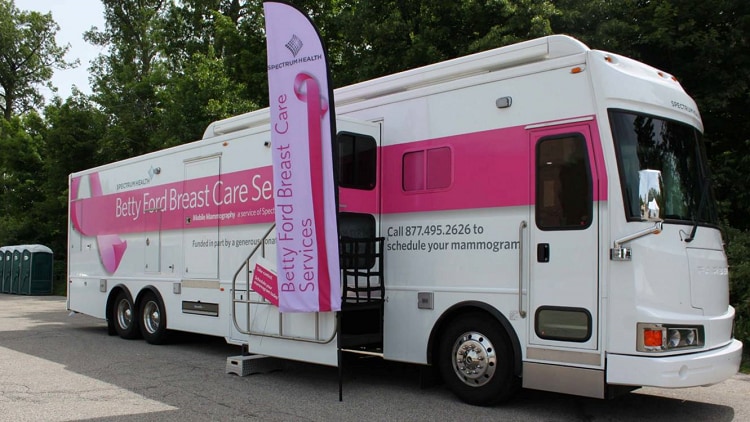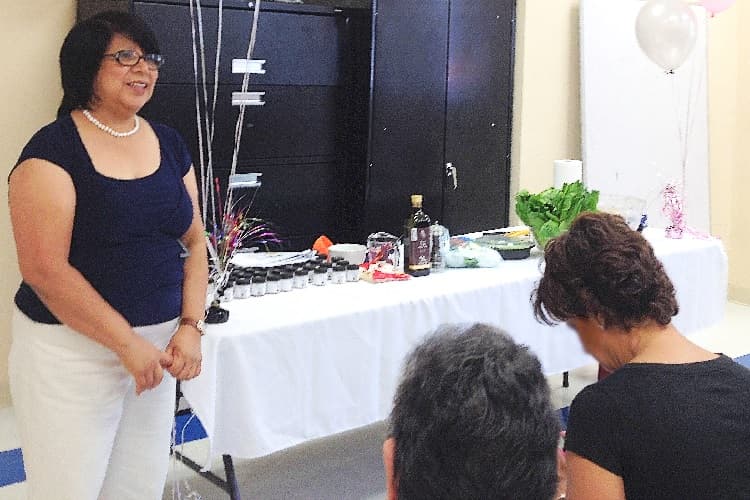Success Story Highlights
Backed by 30 years of experience, National Breast and Cervical Cancer Early Detection Program award recipients share their strategies for increasing cancer screenings.
These award recipients improved patient services by increasing the amount of time each patient spends with a health care provider, working with a social services call center, and consolidating patient reminders for several types of cancer screening.
These award recipients motivated health care providers to refer patients for screening by using a scorecard, creating standing orders for testing, and identifying those at high risk.
These award recipients trained clinic staff and patient navigators to increase cancer screening.
These award recipients worked with employers to educate their workers about cancer screening and allow paid time off for the tests.
These award recipients took steps to ensure patients’ screening data were correct and used data to reach those who needed cancer screening services.
These award recipients reached out to disadvantaged groups including racial and ethnic minorities, people with disabilities, and victims of a natural disaster.
These award recipients reached out to populations less likely to be screened including those without insurance and those who speak languages other than English.
These award recipients provided cancer screening services on weekends, at health fairs, and on a mammogram van.
These award recipients helped with enrollment into programs that covered the cost of care, provided rides to doctor’s appointments, or offered cancer screening services at a central location.








